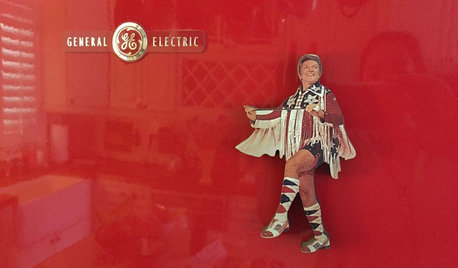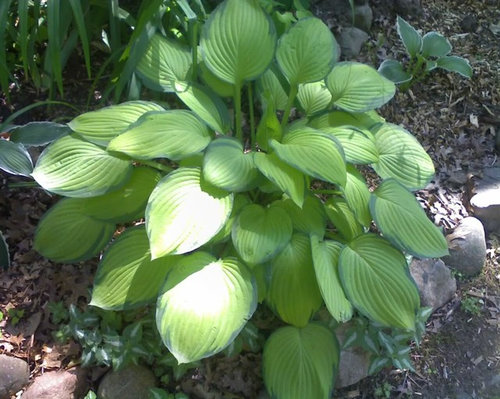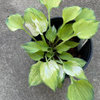New 'Accidental' Mutant Sport of Gold Standard
ptilda
14 years ago
Related Stories

DECORATING PROJECTSWhat to Do With Old Family Photos
Find out how to research, share and preserve images that offer a connection to the past
Full Story
FUN HOUZZHouzz Call: What’s on Your Refrigerator?
Magnets, menus, children’s art, coupons, perfect-attendance certificates, song lyrics — what is fridge-worthy in your house?
Full Story
HOME TECHThe Inevitable Future of Drones Around Your Home
As Google joins the push for airborne deliveries, it seems only a matter of time before neighborhoods are buzzing with drones. Is that OK?
Full Story








caliloo
mclarke
Related Professionals
Concord Landscape Contractors · Hampton Bays Landscape Contractors · Huntley Landscape Contractors · Pahrump Landscape Contractors · Silver Firs Landscape Contractors · Syracuse Fence Contractors · Austin Fence Contractors · La Grange Fence Contractors · Northridge Fence Contractors · Short Pump Fence Contractors · Van Nuys Fence Contractors · West Bend Fence Contractors · Phoenix Solar Energy Systems · Oakland Solar Energy Systems · Alum Rock Solar Energy Systemsweed30 St. Louis
ken_adrian Adrian MI cold Z5
cathgreen_2009
ctopher_mi
woodthrush
aka_margo
hostared
ctopher_mi
aahostas
ptildaOriginal Author
ken_adrian Adrian MI cold Z5
ken_adrian Adrian MI cold Z5
ptildaOriginal Author
ctopher_mi
aka_margo
woodthrush
bernergarden
brucebanyaihsta
woodthrush
just1morehosta